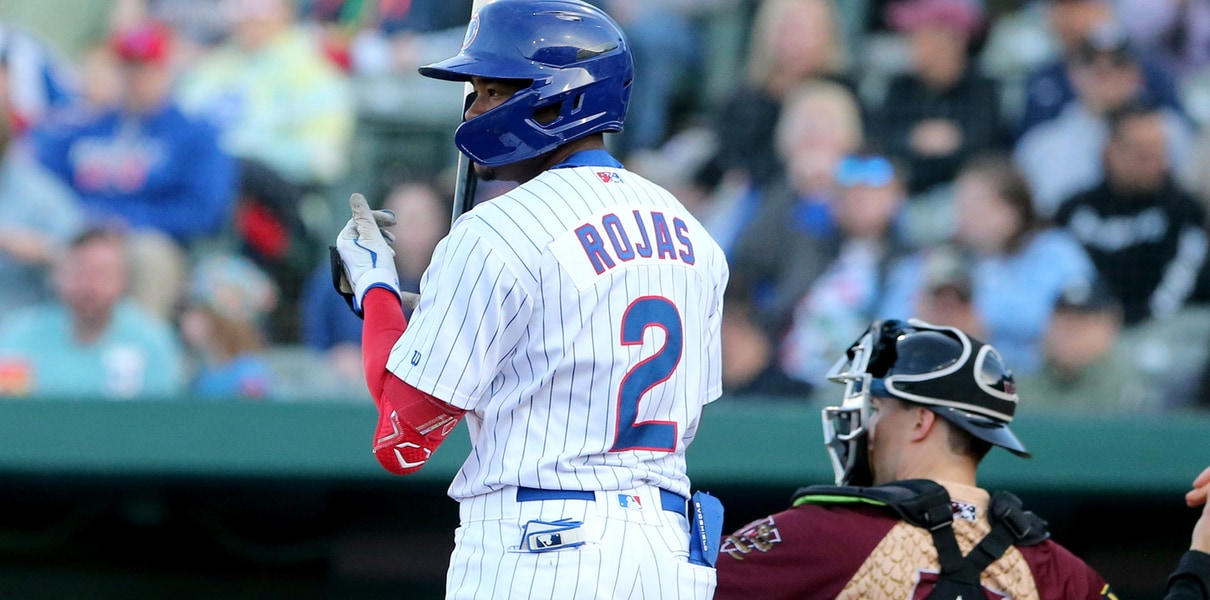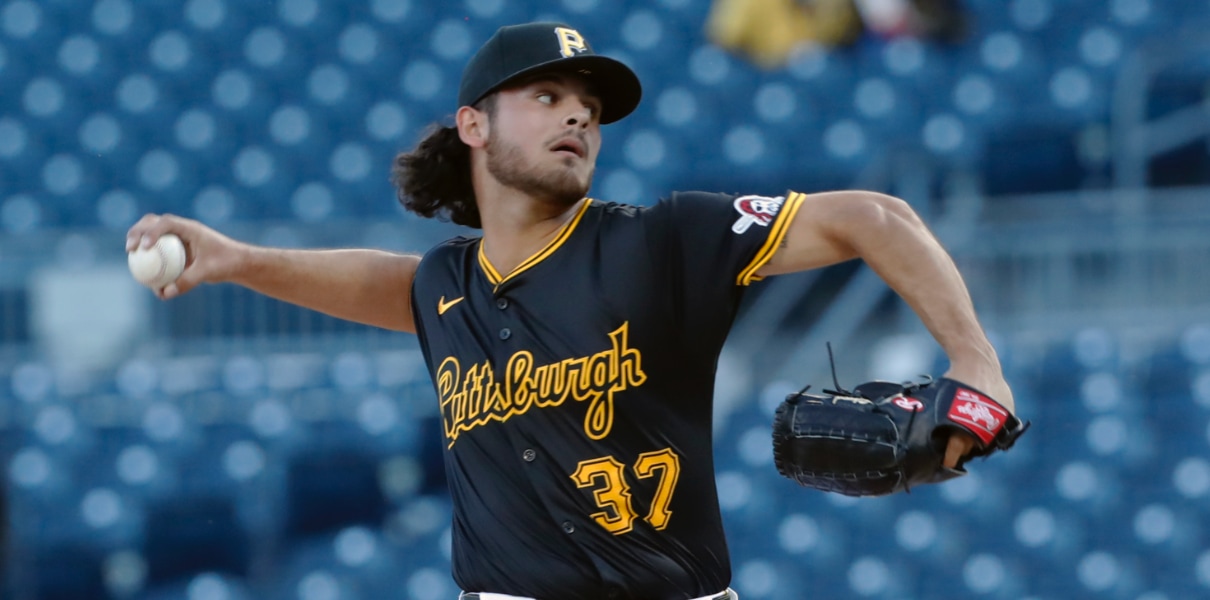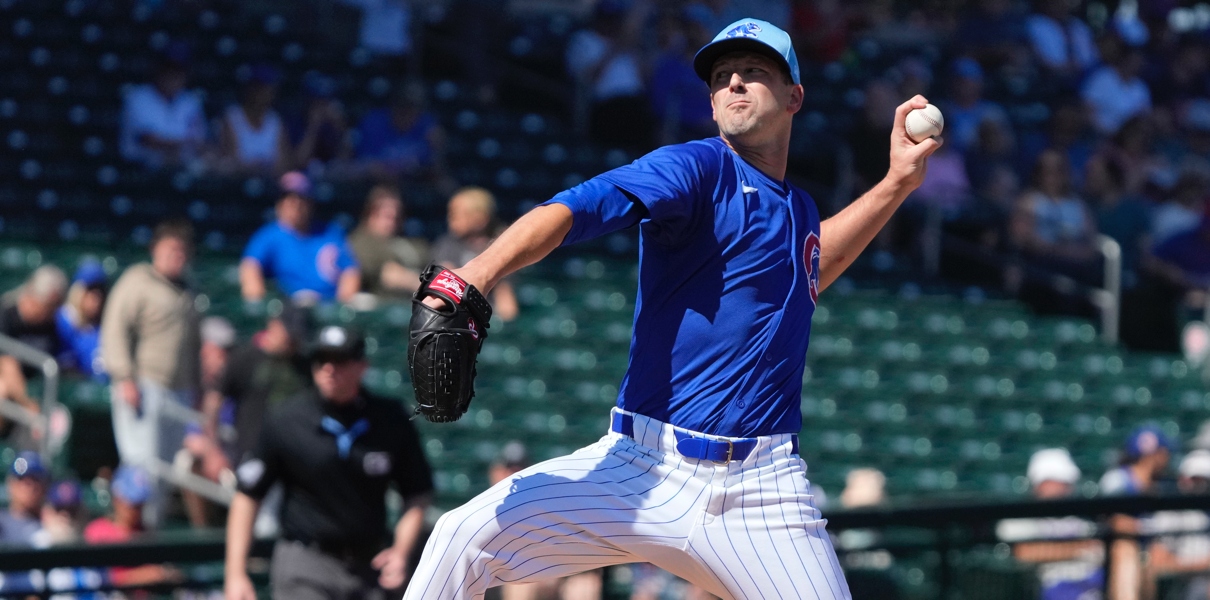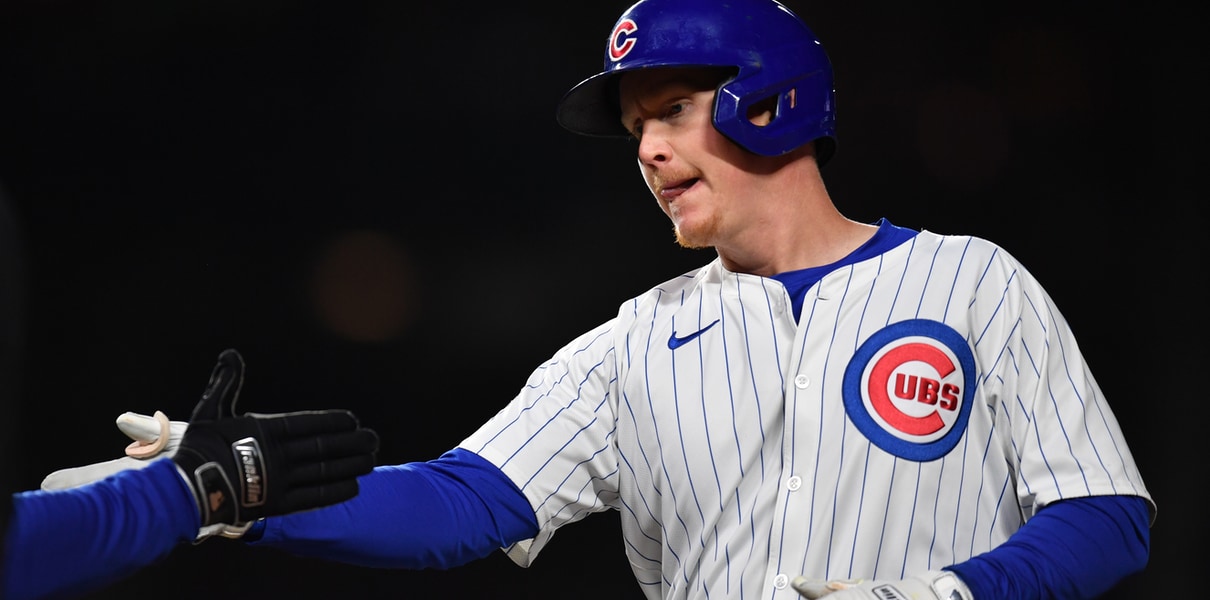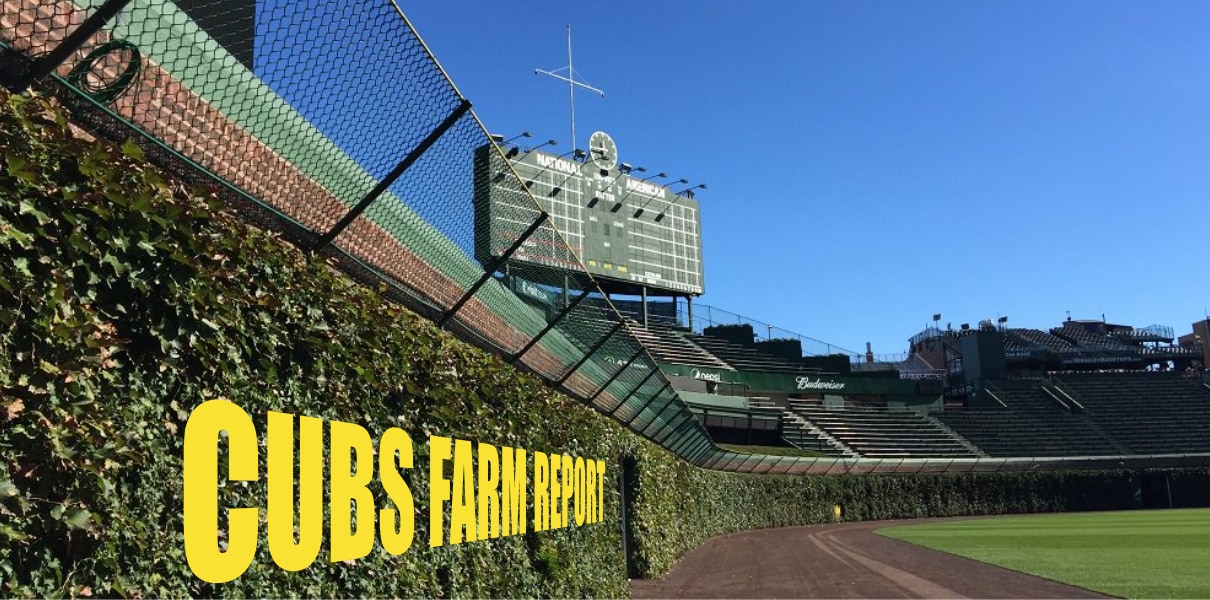The market will keep evolving over the next few days, but one thing has held pretty steady so far: Willson Contreras is the best rental bat available. So far on the year, Contreras is hitting .258/.373/.470/139 wRC+, and the batted ball metrics suggest he’s earned every bit of the results in that slash line, if not more.
Embedded within that concept, though we haven’t said it too much, is that Contreras should be attractive to virtually any contender, since you are primarily adding the bat, rather than the position. Still, critically, the position he CAN play is one where big-time bats are incredibly scarce. So just calling him a “rental bat” is probably not doing enough work to describe his value.
Contreras can of course DH, but he could also play some left field or first base if you really needed him to. But, you know, he’s a catcher. A position most “bats” cannot just pick up and play, let alone play in a starting role. That should make Contreras all the more valuable.
It’s that last part that stuck out to me in Jeff Passan’s latest, when he discussed the market for Contreras. Maybe the “catcher” side of things isn’t really all that much of a value-add to some teams:
The question about the Chicago Cubs catcher isn’t whether he’s going to be traded — that’s an inevitability. It’s whether his new team keeps him at the position where he has played more than 90% of his games.
Multiple teams, sources said, worry about Contreras — who is not known for his game-calling acumen — meshing with a new pitching staff on the fly. The number of teams with World Series aspirations that could use a catching upgrade isn’t huge, but the New York Mets and Houston Astros have been in contact with the Cubs about the 30-year-old free agent-to-be, sources said, and the San Francisco Giants are poking around on catching options, too. Other teams could seek Contreras more as a bat with the ability to play catcher rather than acquiring him as a primary backstop.
Even as I was framing Contreras as a “rental bat,” I don’t think I would go as far as to say he’s merely “a bat with the ability to play catcher.” Were it true that several suitors saw him that way, you would definitely see a depression in his trade value.
While there is some universal truth to the idea that it’s tough for a team to get max value from a starting catcher at midseason because of the adjustment to a new pitching staff (and vice versa), I question whether that’s somehow MORE applicable to Contreras. No, he is not an elite defensive catcher overall, but neither is he so ruinous that you’d rather have him DH’ing more often than catching. At some point, the enormous difference between the bats of a “plus defensive” catchers and Contreras is too great to ignore.
So, then, is this just reflective of negotiators doing their work? Putting out messages to soften Contreras’ trade value as the deadline approaches? Trying to scare off other teams so you can make your move?
Well, it’s probably at least a little of that – always remember this time of year, there are reasons certain rumors do and do not get out. I have no doubt that Passan has heard and conveyed accurate information in his report. The question is whether his sources are mildly exaggerating their own takes – or sharing them in the first place – to ensure it gets out there.
But we can’t ignore that there’s probably some truth here. We know that Contreras has long struggled with optimizing his framing technique, and he rates as a negative in that department in most years. We know that there is hard-to-statistically-analyze value associated with game-calling and in-game adjustments, for which Contreras has not been celebrated as top tier (hey, don’t confuse that with saying Contreras is a BAD game-caller – only that, while some guys constantly get hype on that front, we haven’t really heard it much about Contreras over the years).
Still, I have to circle back to the idea that it’s not as if Contreras is a terrible catcher that you could not possibly trust in a playoff race. That’s clearly a bridge too far, as his defensive metrics overall place him as only slightly below average. Even his framing data at FanGraphs is that of a guy who is “below average, but not abysmal.” So come on. Some of this is clearly overstated by teams that don’t want to pony up, or that want to scare off other bidders.
Of course, even in a world where teams view Contreras almost exclusively as a bat, he may yet be a tremendous upgrade as a guy who DH’s 50% of the time, catches 40% of the time, and pitches in elsewhere as necessary the rest of the time. Maybe that’s not a “starting catcher,” but it’s a heckuva lot more than a pure bat who can just very barely catch.
Anyway, I suppose the main reminder here is this: we’ve said since the offseason that it is very hard to value a guy like Willson Contreras at midseason. The bat is legit, but teams don’t always want to pay premium prices for any starting catcher at midseason because of the potential disruption with the pitching staff. That is counterweighted by the scarcity of a great-hitting catcher, which would theoretically raise the price tag dramatically. Even as we are now less than a week away from the deadline, I could STILL see such a wide range of possible trade returns on Contreras classifying as “reasonable.” Much, much wider than with the rental bats the Cubs traded last year.










